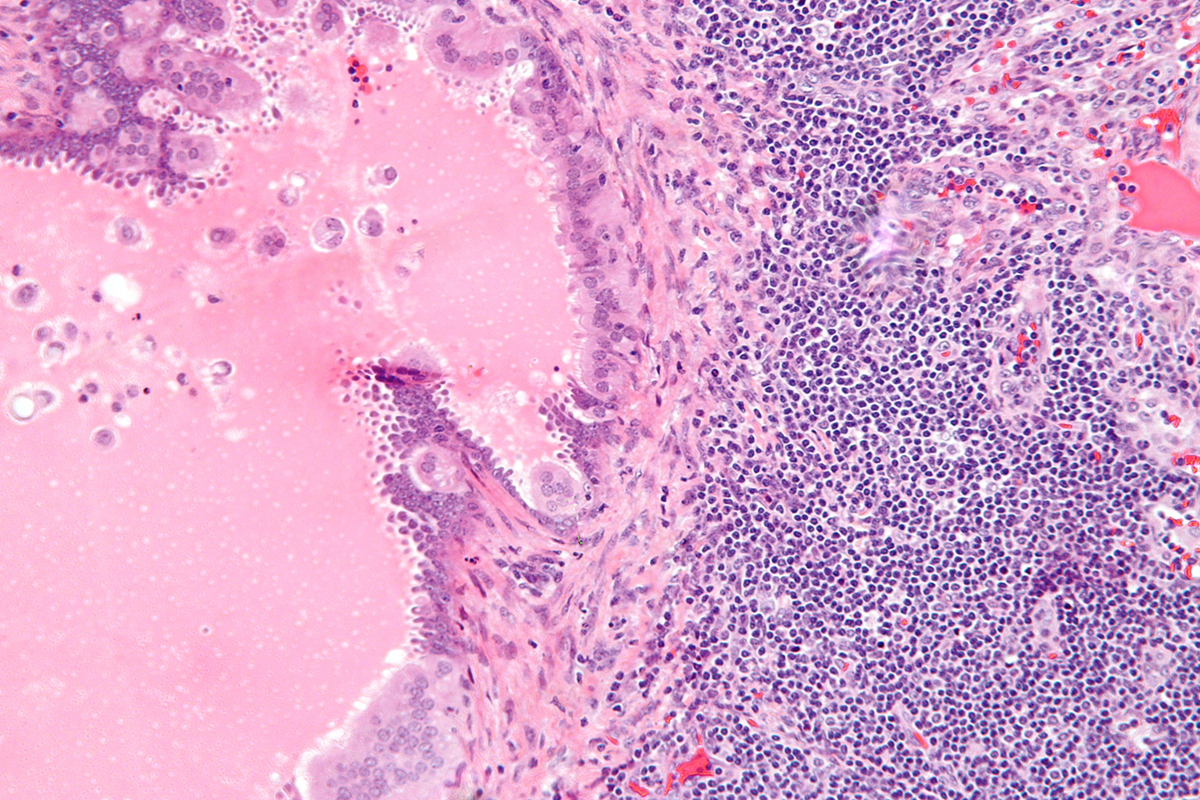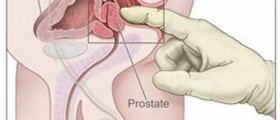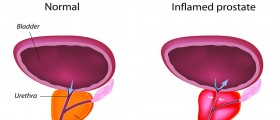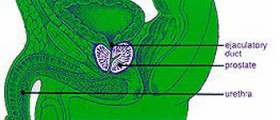
Chronic pelvic pain is a condition commonly affecting men. This health issues is also known as chronic non-bacterial prostatitis. Before this classification took place, the chronic pelvic pain was referred to as prostatodynia.
Thus, if you are concerned about your health, suspecting that this problem may be behind your current state of affairs, read the following lines, learning more about the chronic pelvic pain.
Signs and symptoms of Chronic nonbacterial prostatitis or chronic prostatitis/chronic pelvic pain syndrome (CP/CPPS)
Basically, chronic pelvic pain manifests through pain in the pelvic area, appearing without any symptoms of urinary tract infection. Furthermore, in order for this condition to be diagnosed as chronic pelvic pain, the symptoms of it need to be present for more than 3 months. Yet, people suffering from this issue should bear in mind that the pain can vary from being ignorable to being debilitating.
Usually the pain appears near the rectal area and the lower back area, resulting in problems once the sufferer tries to sit down and maintain this position.
Some other signs and symptoms of chronic pelvic pain are dysuria, artralgia, myalgia, tiredness appearing for no specific reasons, pain in the abdominal area and persistent burning in the penis. Yet, frequent urination can also be connected with some other conditions such as interstitial cystitis, affecting the bladder rather than the prostate. However, some patients diagnosed with chronic pelvic pain have reported experiencing lack of sex drive, erectile dysfunction and other forms of sexual problems.
Management of Chronic nonbacterial prostatitis or chronic prostatitis/chronic pelvic pain syndrome (CP/CPPS)
The first step towards dealing with this condition is having it properly diagnosed. Due to the fact that chronic pelvic pain is a health problem which is yet to be completely understood, no definitive diagnostic tests exist. Nevertheless, since this condition is behind 90% of diagnosis regarding prostatitis, mostly being found in men aging from 35 to 45, the necessity for a proper diagnosis system is certainly something many health experts are taking into consideration.
Since ambient temperature influences the onset of chronic pelvic pain, a survey carried out in Finland reported that people living in the northern part of this country are more prone to developing this condition than most other people in the world.
Furthermore, the reasons behind chronic pelvic pain may be hiding behind an inflammation. Yet, non-inflammatory causes can be present too. Basically, in order for the two to be distinguished from one another the levels of pus cells in prostatic secretions are taken into consideration.
Therefore, urine analysis is uften used for searching for these substances in the bodily secretions. Nevertheless, prostatic imaging, chlamidia testing and serum PSA tests have proven to be useless for the diagnosis of chronic pelvic pain.
However, the patients who actually suffer from this condition are likely to experience it affecting them hand-in-hand with the chronic fatigue syndrome and irritable bowel syndrome.
Since techniques for diagnosing this condition are still improving and developing, health experts predict that semen and prostate fluid cytokine levels will be taken into consideration during this process in the future.
It is important to know that chronic pelvic pain can often be mistaken for bladder neck hypertrophy and urethral stricture and vice-versa, due to many matching symptoms of the three health problems.
Taking all the previously mentioned information into consideration, it is understandable that this condition is not easily treatable. Most medications made for the purpose of helping people deal with chronic pelvic pain relax the muscles in the anal or pelvic area. Also, physical therapies and relaxation therapies related to curing chronic pelvic pain, all concentrate on achieving the same effect.
If all other means of treatment fail, surgery is considered the last resort, even though many types of surgical procedures have been rendered useless.
Prognosis
With the development of different therapies, the prognosis for this condition has changed and improved as well. Multimodal treatment, phytotherapy, processes of calming the nerves in the pelvic area through myofascial trigger points and chronic pain therapy, all have contributed to this positive outcome and prognosis.
Some famous people who have managed to deal with this condition through the above mentioned forms of therapy are John Cleese, the British actor, William Styron, the author of Sophie's Choice, John F Kennedy, the former president of the US etc.
Chronic pelvic pain syndrome, according to statistical research, affects about 0.5% of the general population diagnosed by the primary care providers. However, the overall presence of the symptoms related to this condition is 6.3%.
Moreover, an open label study which took place in 2005, found out that a possibly new type of bacteria can be behind this condition, triggering calcification of the prostate and some other symptoms commonly found in the chronic pelvic pain syndrome. However, the true nature of these organisms is yet to be discovered since many health experts disagree that these are living forms.
All in all, chronic pelvic pain syndrome is a condition which is commonly mistaken for some other ones, due to the fact that both treatment and diagnostic systems for dealing with it need to be further developed. Nevertheless, it is an illness present in many people around the world.
Therefore, if you fear that you might be suffering from chronic pain syndrome because you have witnessed some of the symptoms mentioned above, seek medical assistance timely.

















Your thoughts on this
Loading...